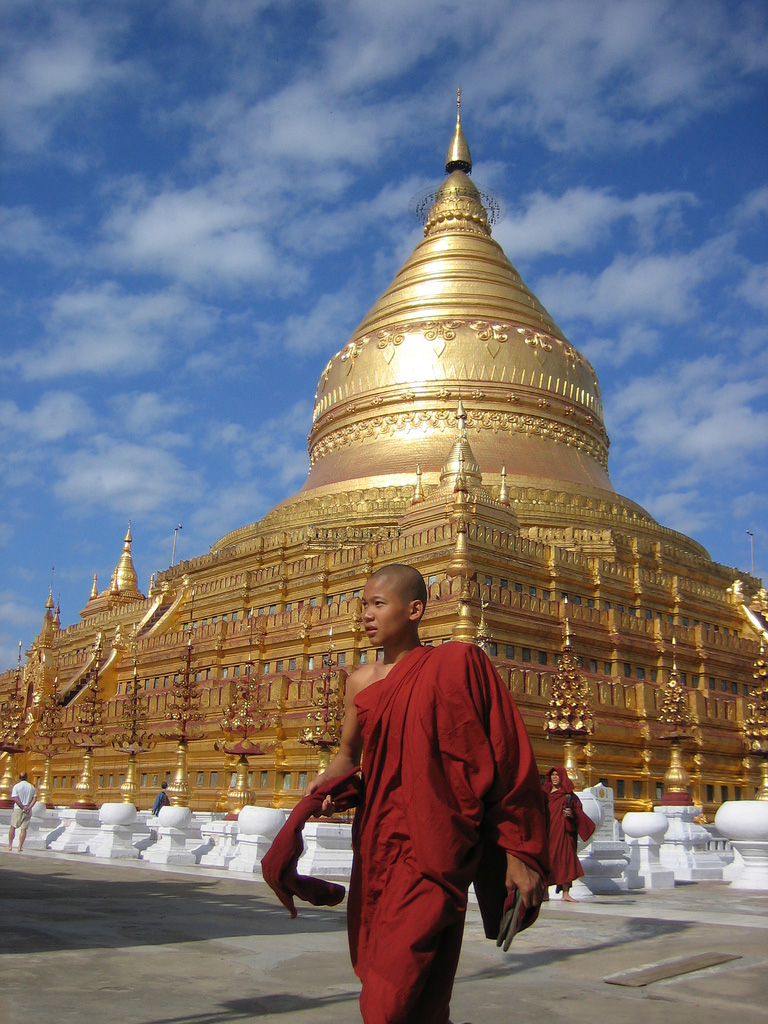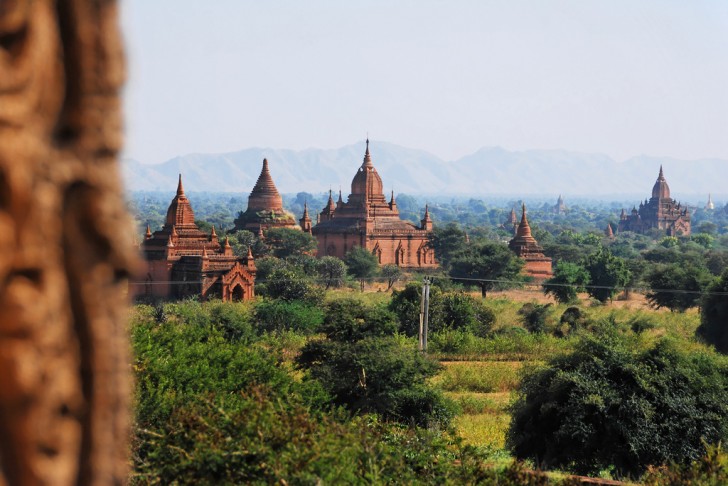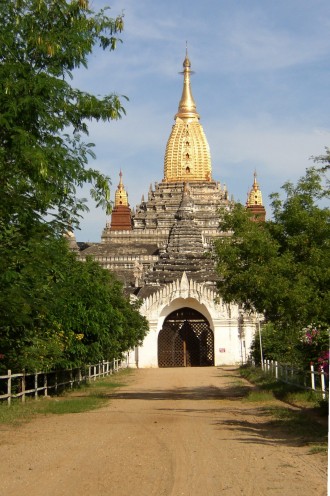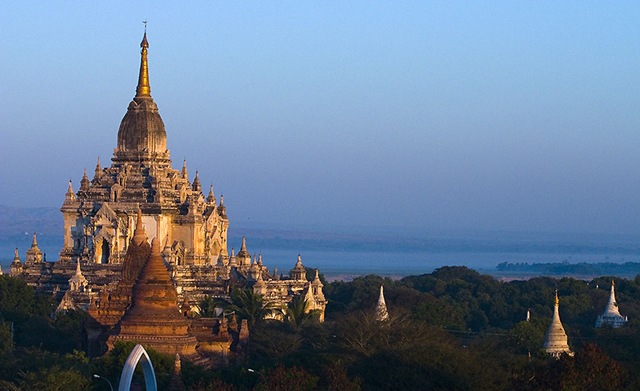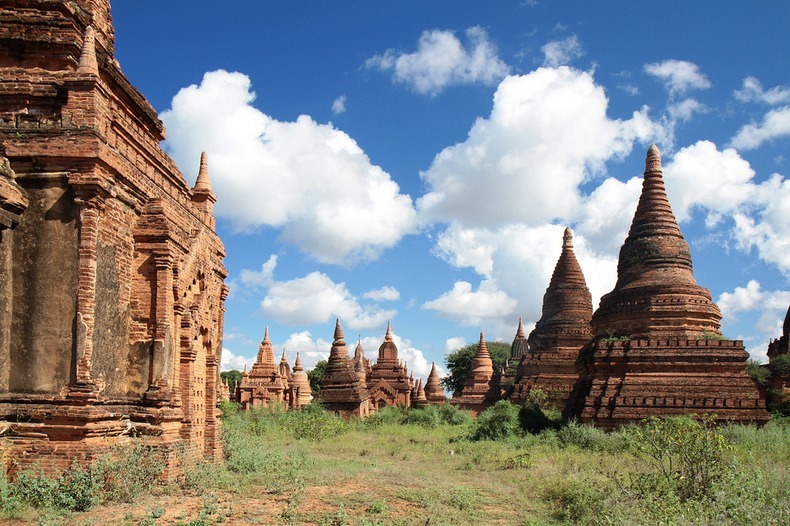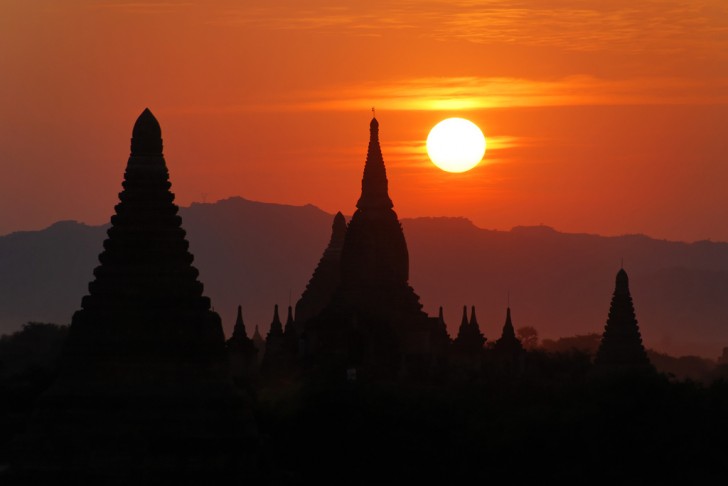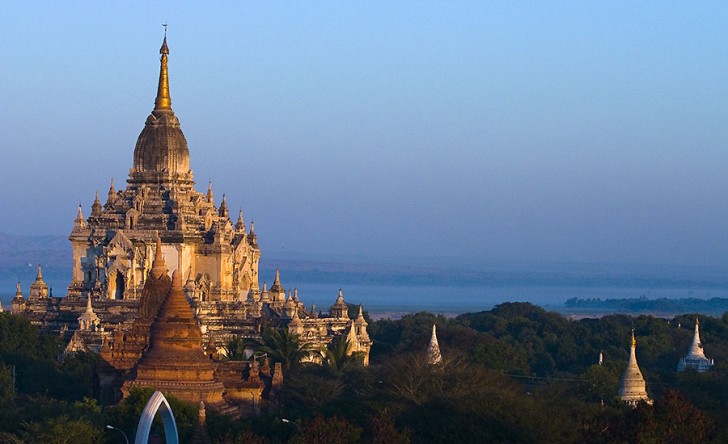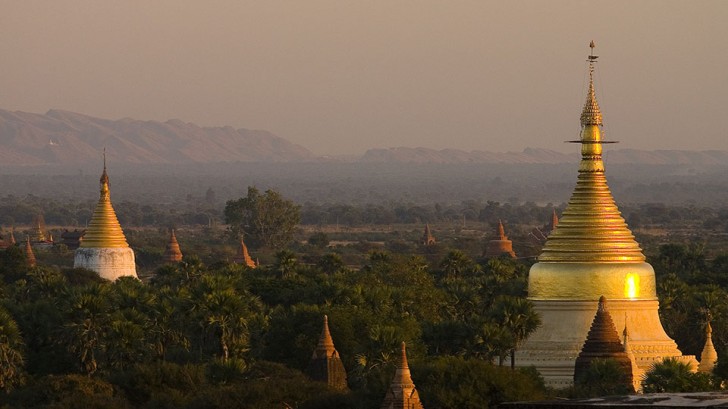SHAN STATE
Shan State is located in the Middle Eastern part of Myanmar between 19o
17'N and 24o
13'N latitudes and 96o
10'E and 101o
11'E longitudes. It is
bounded on the northeast by the People's Republic of China, on the
southeast and south by Laos and Thailand, on the north by Kachin State,
Sagaing and Karen State on the south.
Area & population
Shan as well as Paos, Palaungs, Dhanu, Was, Kaws, Lahus, Inthas,
Myaungzi, Lishaws, Taungpyoes, Maingthas and many other more ethnic
groups inhabit in this state. The population is about 3,718,706. The
area is 60,155 square miles and the Capital is Taunggyi. Taunggyi Hot-air Balloon Festival is a
popular festival among the locals.
The State is organized into 52 Townships and 1932 Wards. The State Day
is 7th February.
Agriculture
Agriculture is the main economic activity of Shan State, principal crops
being paddy, wheat, chili, cotton, potatoes, groundnut, sesame, pulses,
tea and Virginia tobacco. Shan State's cold climate also allows
cultivation of oranges, peaches, pears, damsons, apples, grapes, onions,
pineapples, vegetables and Thanatphet Trees.
In order to further develop agriculture in Shan State, Heho Valley
Irrigation Canal, Banyin Irrigation Canal, and many more irrigation
systems.
Resources
Natural resources such as gold, silver, lead, zinc, copper, iron, tin,
antimony, coal, tungsten and precious stones.
Nearby attractions
The cottage weaving industry of the Inle area in the southern Shan State
is famous for the lotus robes. The famous Inle Lake is located in this
part and it is a tourist attraction. The Inle Phaungdawoo Pagoda
Festival is famous and there are boat race competitions of the
one-legged rowers. Kakku Pagodas are ancient places of the Shan State.
Pindaya limestone caves consists of thousands of Buddha images.

A Shan Couple |
 |
